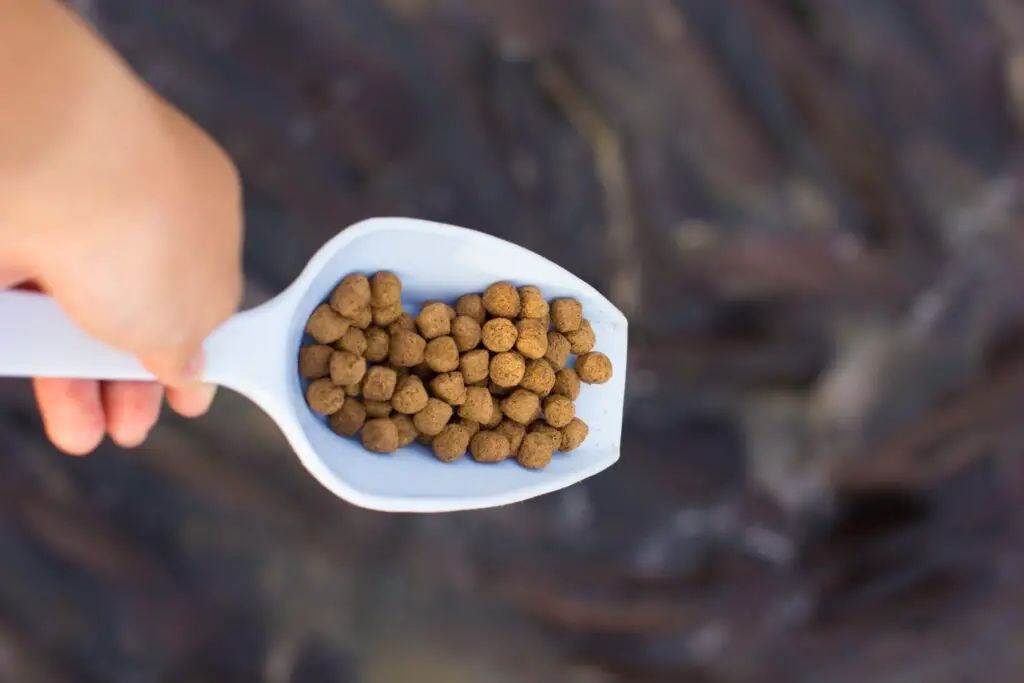Catfish are raised in captivity and sold to restaurants, retail stores, and other consumers. There are many ways to farm catfish but raising them in captivity is the most common. There are a few different ways to farm catfish. Some people use ponds, lakes, and lakes, while others use rivers. The fish are raised in pens and tanks. Some people keep their fish in small cages, while others keep them in large tanks.
When we think of fish, we typically think of something fresh and healthy. However, this blog post will explore how catfish are farmed and their various facts. From contaminated water to overcrowding, read on to learn all you need about this controversial food choice.
Farming catfish is a relatively old industry, and there are many ways to farm them. Some methods use natural water bodies, while others use artificial ponds. The most common way to farm catfish is by raising them in captivity in large tanks. Catfish are typically fed commercial food designed for other fish species, but you can also provide them with a mixed diet that includes plant matter.

What Is Catfish Farming?
Catfish farming is a popular, sustainable method of raising these fish. Farming catfish involves raising the fish in tanks, ponds, or other enclosures. The fish are fed on a commercial diet and are sold fresh or frozen. Catfish are typically grown in ponds or lakes and fed a mixture of organic matter, fish meal, and commercial feed. The ponds or lakes are kept clean by removing debris and water pollutants. The catfish are raised until they are large enough to be sold as fresh or frozen seafood. At this point, the fish are processed and either frozen whole or cut into fillets.
Benefits of Catfish Farming
Catfish farming is a production method that involves raising catfish in captivity. These farming benefits include increased production, economic efficiency, and environmental sustainability. Catfish are prolific breeders. They can produce up to 10,000 eggs per pound, leading to high yields. In addition, unlike other types of fish, catfish meat doesn’t have to be frozen for long periods before being consumed. This means less waste and more food available for consumers.
The economic efficiency of catfish farming comes from the fact that these fish are relatively cheap to keep in captivity. In addition, they require minimal space and little maintenance, making them an economically viable option for producers who want to raise a large quantity of fish without investing a lot of money upfront.
Lastly, catfish farming is environmentally sustainable because it eliminates the need for fishmeal products and other by-products from traditional fisheries methods. Catfish farming also helps conserve water resources because the fish do not consume significant quantities of aquatic vegetation in their wild habitats.
How Does a Farmer Raise Catfish?
A farmer raises catfish by stocking them in ponds or lakes and feeding them a diet of fish, worms, and other live food. The farmer checks the water temperature to ensure it is not too cold or too hot regularly and kills any fish too big or sick to eat.
When it comes to raising catfish, there are many different ways that farmers can go about it. Some farmers raise them in large ponds, while others raise them in small tanks. Some farmers use natural methods, such as raising them in ponds with water plants and algae. Another standard approach is to use micro-streaming systems that pump water over a series of stream channels, which helps keep the water fresh and clean for the catfish.
Does It Have Any Special Requirements for the Ponds?
Catfish are farm raised in ponds and lakes. There are a few requirements for the ponds used to raise catfish, such as being large enough to hold the desired number of fish and having good water quality. The water quality is important because it needs to be clear so the fish can see what is happening around them.
Are There Any Alternatives to Raising Catfish?
There are a variety of alternative methods for raising catfish, some that are more sustainable than others. Many aquaculture systems use water recycling or artificial filtration to reduce stress on the fish and their environment. Others seek to mimic natural habitats by using bottom feeders and keeping the fish in groups. Some people prefer to keep catfish in tanks or ponds, while others keep them in acidic water baths or outside in wading pools.
What Are the Options When It Comes to Farm-Raised Fish?
There are a few different ways that catfish are raised on farms. The most common way is to keep the fish in large, outdoor tanks. However, some farmers grow their catfish inside smaller tanks or ponds. One downside to raising catfish this way is that the fish can get sick and die if they don’t have access to fresh water. Another downside is that getting the catfish to grow very big can be difficult.
Another way farmers raise catfish is by farming them in freshwater environments and other aquatic animals. This type of farming allows the farmer to control the setting better and make more money because they can sell more products than they would if they only raised catfish.
How Long Do Catfish Live in Ponds?
Catfish are found in fast-moving streams and rivers with rocky bottoms in the wild. They are not well adapted to living in stagnant water or fish farms, where they may become diseased or stunted. Fish farming has changed dramatically in recent decades as farmers have learned how to breed them in captivity and create ponds that mimic their natural environment.
In the wild, a male catfish will build a large mud bubble nest in which he will deposit up to 10,000 eggs. He will then guard the eggs until they hatch, at which point he will eat any young that are not immediately ready to swim away. The lifespan of a domesticated catfish is typically 15 years or more, but it can be much shorter depending on the particular type and environment they are kept in.
What Are the Different Ways a Farm Can Feed and Care for Its Fish?
There are various ways that farms can feed and care for their fish. Some farmers use natural methods, such as raising the fish in freshwater or brackish water, while others use more artificial means, such as feeding them pellets or other commercial feeds. Some farmers also keep the fish in tanks, where they can swim around and eat the food provided. These tanks can be either large or small.
What Does Sustainable Farming Mean for the Catfish Industry?
Sustainable farming is a farming system that meets the needs of the environment and society while healthily producing food. Catfish farming is one type of sustainable agriculture that can help improve aquatic ecosystems’ health while supplying a nutritious and affordable food source.
What to Expect in a Large Farm Environment
Large farms that raise catfish rely on various methods to keep the fish healthy and in abundance. Common methods include raising the fish in natural tanks or ponds, using recirculating water systems, feeding them diets specially designed for catfish, and using antibiotics or other medications to fight disease.
Many large farms also use hatcheries to create new batches of fish. These facilities may contain several hundred thousand individual fish and are often used to supplement populations on larger farms.
What Is the Procedure for Raising a Fish?
The most popular method, and the one that is used in most home aquaria, is the external fertilization method. In this method, eggs are deposited into the water by a female fish and then left to hatch into larvae. Once the larvae have grown large enough, they are taken out of the water and raised on food pellets until they are ready to be put back into the aquarium. External fertilization is usually the easiest way to raise fish, but it is not always the most effective.
Another common method of raising fish is called spawning maturation filtration. This involves taking young adult (1-3 years old) fish and putting them into a larger tank with several females of the same species. The males will then start fighting for control of the females, and eventually, some will become pregnant. After spawning has occurred, the parents will take care of the offspring until they are big enough to be released back into their tank. Spawning maturation filtration is more complicated than external fertilization, but it yields better results regarding the size and fertility of your aquarium population.
Conclusion
In this article, we have tried to discuss the process of how catfish are farmed and what goes into it. By understanding what goes into raising these fish, you can make more informed decisions about whether or not you want to eat them. You will also learn about some ethical concerns surrounding fish farming and what people are doing to help mitigate these concerns.
In conclusion, catfish farming is an effective way to create a sustainable food industry. Catfish farming is environmentally friendly, healthier for the fish, and can be done in a way that does not damage the environment.












Pingback: Differences of Catfish vs. Tilapia | Reel Fishing Guru
Pingback: What Is the Difference Between a Channel Catfish and Basa? | Reel Fishing Guru